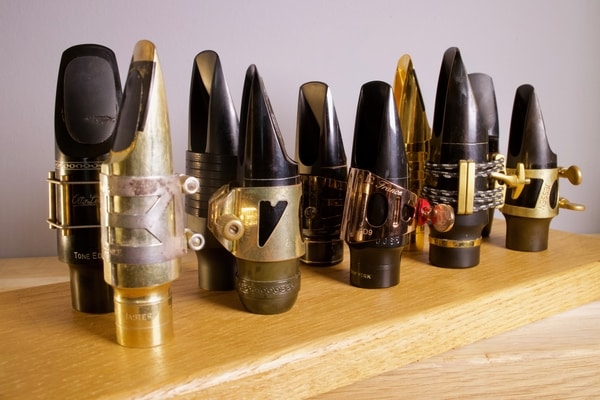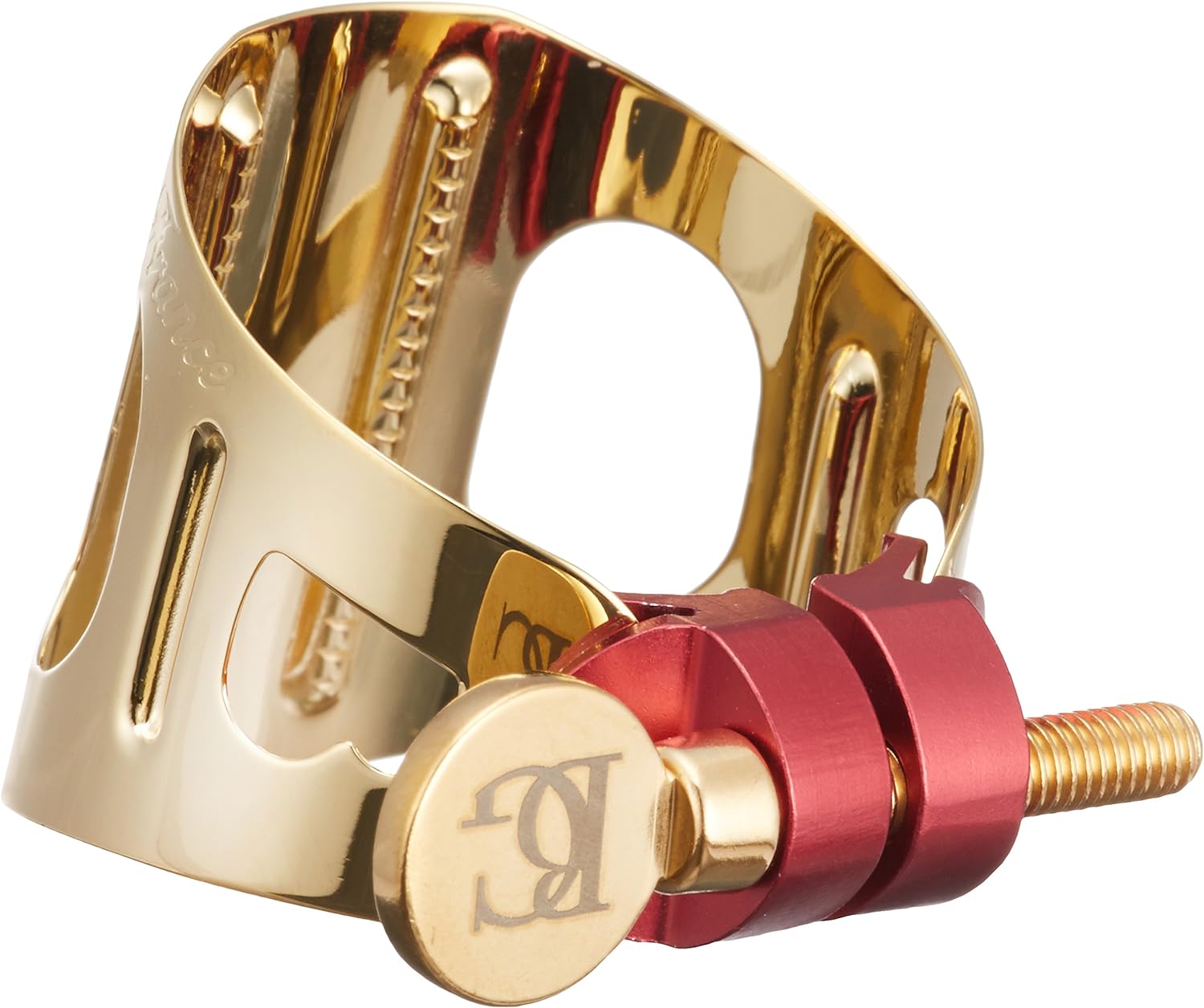Yes, they most definitely make a difference but here's the catch........in different ways for different players.
1. Simply put, some ligs are made very well, some are a heaping pile of that brown stuff. I think we'd all agree on that.
2. Some ligs designs hold/grasp the reed very well and permit the player to move the mouthpiece without dislodging the reed. Personally, that's not a huge deal to me as I honestly don't constantly move my mouthpiece around AND the mouthpieces on my various horns (saxes and clarinets) are fit well to the cork(s) so I don't need a wrench to adjust the damn mouthpiece!
3. Here's where it gets "controversial". - I feel the timbre of my sound does change slightly with different brands/makes/designs of ligs. At least on MY end of the horn it certainly does. Now does that mean there's a huge audible difference to a listener? Probably not, but I definitely notice it from "behind the horn".
4. Again, this is probably more of the players prospective than the listeners..... (Again, for me) some ligs are more restrictive and some definitely more free-blowing than others. Definitely makes a difference to me.
So to recap, the differences in ligs to me (the player) are noticeable. Are those differences always noticeable to the listener? Of course not, but I've experimented with this quite a few times and have done "ligature playing tests" with fellow saxophonists. Sometimes we have both heard differences, sometimes not but to me it doesn't have to be an audible difference. If I truly feel the reed responds in a more positive nature and is more free blowing (something I prefer) then heck yeah, the lig most definitely makes a difference.
I love the Vandoren M/O ligatures and use them on clarinet, alto and sop. I like the single screw, they hold the reed well and also have the qualities I mentioned above. On tenor, I play a Selmer 404 (2 screw) lig on my Dukoff Stubby. I've experimented/tried dozens of ligs on tenor over the years and there's just something about the 404 that always makes it come out on top.
Of course, your mileage may vary.... ;-)

 bettersax.com
bettersax.com








